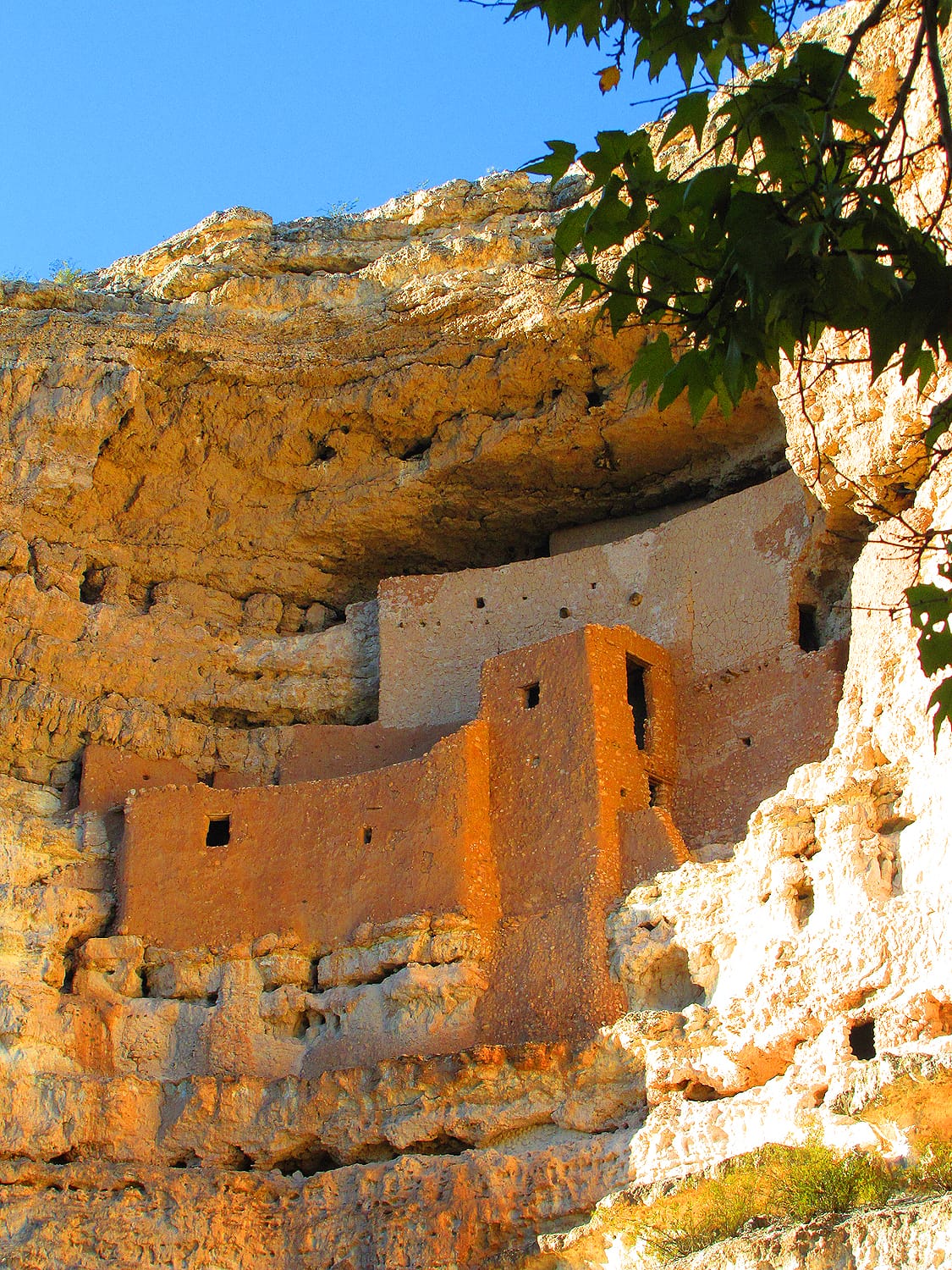Montezuma’s Chocolates, a British company founded in 2000, offers a delectable range of treats with a rich history. From sourcing the finest cocoa beans to crafting innovative flavor combinations, their dedication to quality and ethical practices shines through in every bite. This article explores the story behind Montezuma’s, from its Aztec namesake to its modern-day commitment to sustainability, delving into the nuances of their production, the intriguing history of the phrase “Montezuma’s Revenge,” and the health considerations of their dark chocolate offerings.
The Sweet Story of Montezuma’s
Montezuma’s Chocolates isn’t just another chocolate brand; it’s a testament to the passion and vision of its founders, Helen and Simon Pattison. Inspired by the Aztec emperor Montezuma II, known for his reverence for cocoa, they embarked on a journey to create a chocolate experience that is both luxurious and ethical. Their commitment to quality ingredients, sustainable sourcing, and innovative flavors has propelled Montezuma’s to become a renowned name in the world of chocolate. Learn more about the intriguing history of ancient civilizations, including the region of ancient Mesopotamia through this insightful New York Times article.
From Humble Beginnings to Global Recognition
Starting in Brighton in 2000, Montezuma’s has blossomed from a small operation to a globally recognized brand. The company’s current headquarters and main factory reside in the picturesque village of Birdham, West Sussex, where the magic of chocolate-making unfolds. This location, near the historic city of Chichester, offers a tranquil setting for crafting their exquisite treats. From classic chocolate bars to decadent truffles and beautifully packaged gift sets, Montezuma’s caters to every chocolate lover’s desire. For those captivated by historical inventions, explore the intricate design and significance of the mughal waterpipe.
Ethical Sourcing and Sustainable Practices
Montezuma’s commitment to ethical sourcing is a cornerstone of their brand. They prioritize building strong relationships with small cocoa farmers, ensuring fair prices and sustainable farming practices. This dedication not only benefits the farmers and their communities but also contributes to the overall quality and positive impact of their chocolate. They believe that creating a positive impact on the world is as important as the delicious chocolate they produce.
A Symphony of Flavors
Montezuma’s offers a diverse range of chocolate experiences, catering to every palate. From the intense richness of their dark chocolate selections, with varying cocoa percentages, to the creamy indulgence of milk chocolate and the smooth decadence of white chocolate, each bar is a testament to their craftsmanship. They take pride in managing the entire production process from bean to bar at their Birdham factory, allowing for meticulous quality control and innovative flavor development.
“Montezuma’s Revenge”: Unraveling the Myth
While the name “Montezuma’s” evokes images of ancient Aztec royalty and their love for cocoa, the phrase “Montezuma’s Revenge” carries a different connotation. This colloquial term for traveler’s diarrhea is often associated with Mexico, but its origins and meaning are far more complex.
A Historical Misnomer
The term is historically inaccurate, as Moctezuma II didn’t intentionally inflict digestive distress on the Spanish conquistadors. Traveler’s diarrhea, a common ailment for those in unfamiliar environments, results from consuming contaminated food or water. The connection to Moctezuma II likely emerged centuries later, possibly among American soldiers stationed in Mexico during World War II. They may have jokingly attributed their stomach troubles to the spirit of the fallen emperor seeking retribution. While some believe the origin dates back even further, ongoing research continues to explore the intricacies of its etymology.
Cultural Sensitivity and Alternative Terminology
“Montezuma’s Revenge,” while commonly used, can be viewed as insensitive and trivializing. It reduces a complex historical event – the conquest of an empire and the displacement of its people – to a joke about an upset stomach. Some interpret the term as a subtle continuation of the colonial narrative, portraying Moctezuma II as vengeful rather than a leader defending his people. More accurate and respectful terms include “traveler’s diarrhea” or simply “TD.” Exploring the origin of this phrase underscores the intertwining of history, language, and culture, prompting critical reflection on the words we use and the stories they convey.
| Aspect | Details |
|---|---|
| What is it? | A colloquial term for traveler’s diarrhea |
| Likely origin | Mid-20th century, possibly among American soldiers in Mexico |
| Historical accuracy | Inaccurate, Moctezuma II didn’t cause it |
| Cultural sensitivity | Potentially insensitive and trivializing of history |
| Alternative terms | Traveler’s diarrhea, TD |
Montezuma’s Headquarters: A Chocolate Haven in West Sussex
Montezuma’s, a prominent name in the chocolate world, has its roots firmly planted in the United Kingdom. While their journey began in Brighton, their current headquarters and main factory reside in the charming village of Birdham, West Sussex, near the historic city of Chichester.
From Brighton Beginnings to Birdham’s Embrace
Founded in Brighton in 2000 by Helen and Simon Pattison, Montezuma’s initially operated from this vibrant seaside city. The move to Birdham likely reflected the need for expansion and perhaps a desire for the tranquility of the West Sussex countryside. This idyllic location now serves as the heart of Montezuma’s operations, where their exquisite chocolates are crafted.
Visiting Montezuma’s: A Chocolate Lover’s Dream
For those eager to experience the magic of Montezuma’s firsthand, the company offers a retail store at their Birdham factory. Visitors can witness the fascinating transformation of cocoa beans into delectable treats, gaining a deeper appreciation for the art of chocolate-making. Combining a visit to the factory with a trip to nearby Chichester, with its rich history and charm, offers a delightful day out. It’s advisable to check the Montezuma’s website for the latest information on tours, opening hours, and any new experiences they may offer.
| Feature | Details |
|---|---|
| Company | Montezuma’s |
| Founded | 2000 in Brighton, England |
| Current Location | Birdham, West Sussex, England |
| Near | Chichester, West Sussex, England |
| Known for | High-quality, ethically sourced chocolate |
| Available | Globally |
Is Montezuma Dark Chocolate Healthy? A Nuance Perspective
Dark chocolate, often touted for its potential health benefits, has become a subject of interest for health-conscious individuals. Montezuma’s, with its diverse range of dark chocolate offerings, provides options for those seeking a guilt-free indulgence.
Decoding the Cocoa Percentage
Montezuma’s dark chocolate bars range from 51% to 100% cocoa, catering to a wide array of preferences. The cocoa percentage is a key indicator of the concentration of flavanols, potent antioxidants that contribute to dark chocolate’s potential health benefits typically including improved cardiovascular and cognitive functions. However, the actual flavanol content can vary significantly even among products with similar cocoa percentages based on processing and other factors. The 100% cocoa “Absolute Black” bar is sugar-free and dairy-free, making it suitable for specific dietary needs. Yet, a high cacao percentage doesn’t inherently guarantee superior flavanol content without more information from the manufacturer or independent testing like that from ConsumerLab.
Navigating the Nutritional Landscape
Not all dark chocolate is created equal. While dark chocolate generally offers some health benefits, certain factors influence its overall healthiness. Higher cacao content usually correlates with increased flavanols and reduced sugar, which is always a positive factor. In practice, the relationship between percent cacao and flavanol content is complex, and it’s not always easy to determine the healthiest choice based on cacao content alone. Minimally processed dark chocolate with fewer additives is also desirable. It’s essential to scrutinize nutrition labels, paying attention to added sugar content and avoiding “dutched” or “processed with alkali” chocolate, as this process diminishes flavanols.
Moderation and Individual Needs
Even the healthiest dark chocolate should be consumed in moderation due to its calorie and fat content. Consulting with a healthcare professional or registered dietitian is recommended for those with specific health conditions or concerns. They can provide personalized guidance on incorporating dark chocolate into a balanced and healthy eating plan.
| Feature | Montezuma’s Absolute Black (100% Cocoa) | Other Montezuma Dark Chocolate Variations | General Dark Chocolate |
|---|---|---|---|
| Cocoa Percentage | 100% | Varies (e.g., 70%, 85%, 90%) | Varies widely (from as low as 50%) |
| Added Sugar | None | May contain added sugar | Often contains added sugar |
| Dairy | None | May contain milk solids | Often contains milk solids |
| Health Potential | Higher antioxidant potential | Moderate antioxidant potential | Varies depending on cocoa % & ingredients |
| Considerations | Intense flavor, can be bitter | Sweeter options available | Check labels for sugar & other additives |
By understanding these nuances, individuals can make informed choices about incorporating Montezuma’s dark chocolate—or any dark chocolate—into their diets, enjoying its potential benefits responsibly.
- Discover Long Black Pepper: Flavor & Health Benefits - April 25, 2025
- Shocking Twists: The Grownup Review: Unreliable Narration - April 25, 2025
- A Quiet Place Book vs Movie: A Deep Dive - April 25, 2025

















1 thought on “Montezuma’s Chocolate: A Rich History from Bean to Bar & Emperor to Treat”
Comments are closed.